What can be said with certainty about our modern society is that we’re a culture based on waste. We waste everything: food, water, energy; everything goes to waste, including our own time. Fugit irreparabile tempus...an old Latin saying that loosely translates to time lost forever, is more applicable than ever.
You should be aware of the fact that the water infrastructure in the US wastes about 6 billion gallons of potable water every day, both clean water and untreated water (sewer/raw human waste included).
While mindlessly wasting a vital natural resource like water (especially clean-potable water) is a serious indication about the mental health of our society, some people are worried about the untreated water, which contains unprocessed fecal matter/urine.
If not disposed of safely, the untreated water can be a hazard in regard to the world’s waterways, as it poses a huge threat to the environment and can cause lots of health problems for the general population.
But some things can be remedied if you’re willing to take the steps. You can lower your water bill and do some good for the global environments by building an outhouse for your back yard
Even if the idea may seem odd for some people, building your own outhouse (or latrine, john, privy or whatever you want to call it) is a cool DIY project with lots of benefits, one of which is that you’ll already have a waste disposal system started if SHTF. In other words, you won’t be pooping in a bucket.
Basically, a back yard outhouse does not require septic systems (these tend to be pretty expensive), your water bill will be seriously diminished (it doesn’t require flushing), and the foul smells and health issues associated with an in-house bucket that you’d have to use if SHTF won’t be a concern.
Actually, with a little bit of skill and a few old school/modern tips and tricks, you can build an outhouse that doesn’t smell a bit.
Another thing that should be considered when you’re building an outhouse is the potential benefit of using your personal waste (urine/fecal matter) as a natural fertilizer for your garden or whatever.
That can be achieved by building a composting outhouse. Keep in mind that compost is the key ingredient in organic farming.
Bottom line, there are 2 types of outhouses: the regular ones that have been used for centuries, aka pit latrines, and the composting version.
While the regular pit latrine can be regarded as the old school environmentally-friendly and odor-free (as possible) solution, the composting latrine takes you one step further in the “eco warrior” scenario and will provide you with top-of-the-line fertilizer for your crops or garden.
If you’re a pro-active kind of person that gives a damn about his/hers personal waste (as in, preventing it from becoming part of the problem, i.e. a pollutant for the aquifers), the composting outhouse is the name of the game for you.
Remember that the byproducts of a composting outhouse can be used as natural fertilizers for your food crops or you can just use the “humanure” for your ornamental garden or what not (playing safe that is).
Keep in mind that human waste in its original/natural state can be a health hazard, but after being composted properly, it’s absolutely safe to use as a natural fertilizer. Medieval Japanese farmers used human compost for thousands of years on their rice cultures and they did just fine.
How to Start Building Any Outhouse
Enough with history lessons. Let’s take a look at the basics of building an outhouse, regardless of the type.
First, you should check the local restrictions (the laws in your area, because they differ by region) in order to be sure that you’re allowed to build an outhouse. If you’re living in the city, you can forget about it. It’s highly unlikely that you’ll ever be allowed to build a latrine inside of a city limits.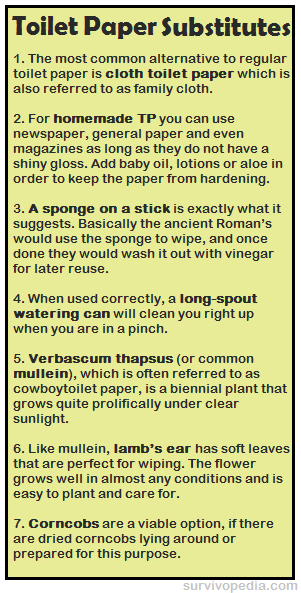
Now, building the outhouse itself, even if it sounds intimidating, is actually very easy. All you have to do is dig a proper hole (anywhere between 3 to 5 feet deep, depending on how many people are using it) and build a wood structure over it and voila, you’ve got yourself an outhouse.
There are many step-by-step designs for an outhouse to choose from on the internet but we’ll stick with the basics here. The average outhouse is 7′ tall and 4’x4′ around. After building the wood shack over the hole in the ground, you must add an enclosed bench inside the structure with a toilet hole inside it for seating while doing your business and that’s about it.
The bench must be like 2′ wide and 2′ high, obviously boxed in completely. The toilet hole can be anywhere between 10” to 12” in diameter. To avoid nasty smells, the outhouse should be placed in the (natural) shade and at a safe distance from the house.
For a modern look and comfort, you can use a regular toilet seat placed over the hole (the lid will help a lot when dealing with foul smells).
In terms of design, you can make your latrine look more appealing by hanging shingles, using tongue-and-groove for a cool effect and also by painting it on the outside in a color of your preference (a nature-inspired design for example, or deep red).
A window covered with a curtain would help a lot, both in terms of ventilation and privacy. A good trick for reducing odors is to keep a bag of lye or lime inside the latrine. After using the toilet, you should take a cup and sprinkle a bit of lye or lime on top of your waste, thus reducing the outhouse odors to a minimum.
The old-school sliver moon shape cut into the latrine’s door will also provide you with some additional ventilation.
The Composting Toilet
A truly ecological outhouse is the composting version. Being very similar in structure with the regular latrine, the composting outhouse has a very different setup, because of its main purpose: to make human waste recoverable/recyclable.
The most basic model of a composting outhouse uses a box and bucket setup, but it can become as complicated as you want it to be.
Basically, in the early stages of its building, the composting outhouse uses the same dimensions/materials as its low-end sibling. But, when compared to regular pit latrines, the human waste must end up in a catchment container instead of a hole in the ground.
One important thing to be considered in a composting outhouse is the design of the ventilation system. Unlike the regular latrine, you must use a chimney-like pipe running from the roof to the collection area. The air must flow through until the holding pen is emptied.
Vide first seen on National Geographic.
There are two types of composting toilets: one system mixes feces and urine and the other one separates them. Both systems have pros and cons.
What you need to know in these early stages is that you must ensure the ideal conditions for a successful composting, i.e. you must monitor carefully the temperature (at or above 109.4 F), oxygenation, moisture and time.
Yes, a composting outhouse is a bit tricky and way more complex than a regular latrine. For example, the human waste products must be kept at a high-enough temperature so that pathogens can’t thrive and that’s very important if you want to use your compost for fertilizing your food crops.
Be aware of the fact that every time you use the composting toilet, you must add ashes, hay, leaves, sawdust, wood chips or other organic material. Basically, add carbon into the “mix.” In this way, you’ll facilitate the composting process by reducing the moisture, balancing the nitrogen present in the feces and also increasing the oxygen flow.
If you have other thoughts or ideas, don’t hesitate to share them in the comment section below.
This article has been written by Chris Black for Survivopedia.


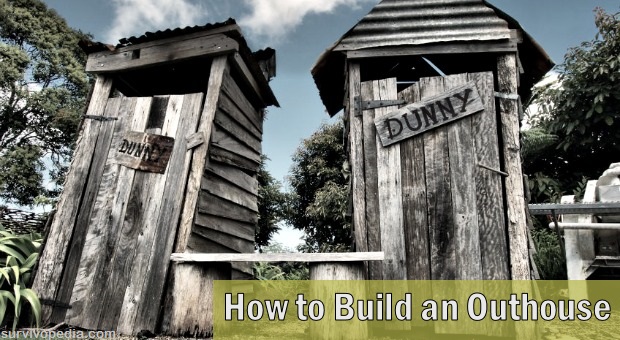

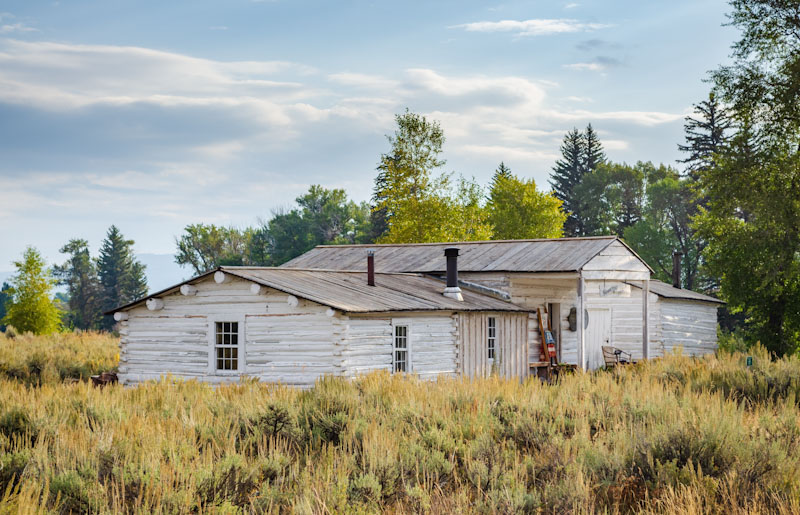
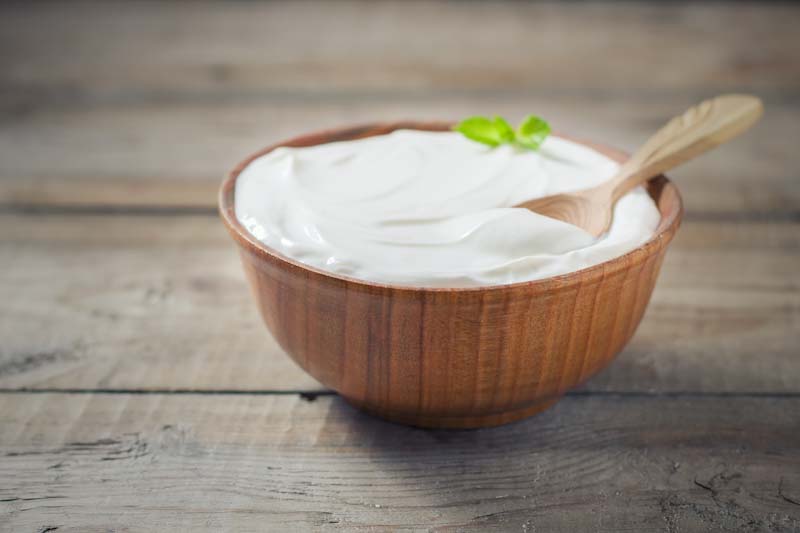

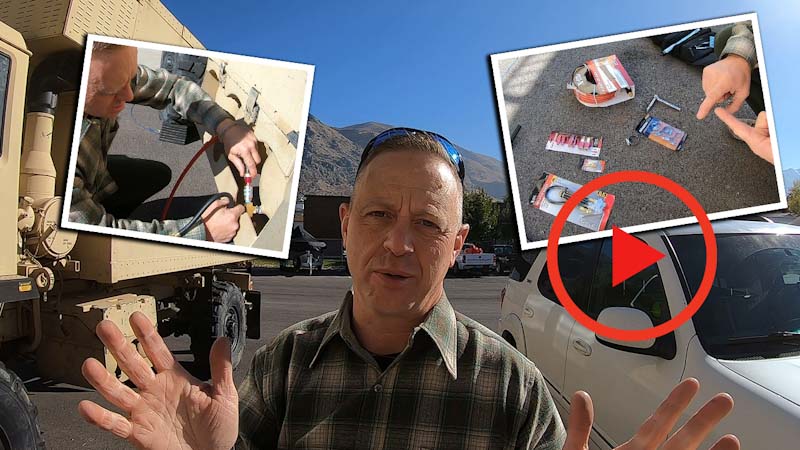

Jacki Zeigler | October 10, 2014
|
While your checking to see if you can build an outhouse, check to see if human waste is allowed to use as part of your composte, It’s not in some states.
George | October 11, 2014
|
While “properly” handled human waste can be used for compost and after a year, be used as fertilizer for a garden, there are many more ways to build a thriving compost pile. Add coffee grounds, egg shells, fish guts, and basically everything organic that goes bad in your fridge (if you have one). If not, add the grass, leaves and some pine straw (too much make the soil too acidic). I find that old scrap fencing, chicken wire, or anything with relatively small holes (like the wire I use for rabbit pens) works great for your compost pile. Take the wire and make a circle, using the cut ends to fasten and hold the shape. Stand it up like a column (2 feet diameter or more). Add earthworms or they will come on there own depending on where you live, and you will also have a nearly endless supply of bait for fishing that helps break down your compost. The sun and rain also help, so I don’t put mine in the shade. When it’s full, you can pull up the wire and start a new one (or start several at the same time) and use the compost for your fertilizer. If you use human waste that hasn’t broken down completely, you can get extremely sick and even die. To me, it’s just not worth the risk. It’s much safer to use rabbit, chicken and other manure in your compost. Just wash the things you grow regardless of what you use. Your compost pile can also be a good place to set traps for varmints as long as your pets can’t accidentally get caught in them. The egg shells and fish guts bring all sorts of critters which can be a source of food. If you have pets, you can use live traps. They can even be made from scrap wood and wire. Just watch out for skunks!
Pingback:How to Build an Outhouse | Survivalist Basics | Be Prepared For Anything! | October 10, 2014
|
John Hammond | October 10, 2014
|
The bench with the hole should be made of pine or other soft wood and not painted. A hinged wooden lid that fits flat against the bench is better than a modern toilet seat because the modern toilet seat has rubber or plastic bumpers that keep a space between the seat and the surface and the lid also has bumpers that allow a space above the seat. This space allows air flow from below with the the delicate aromas and flies from the deposited material. In cold climates it is important because the soft pine has a lower heat capacity than more dense hardwoods so it does not feel as cold on a bare butt. A painted surface also seems to provide more chill than bare wood. A plastic or composite tolit seat also has a greater capacity to suck the warmth out of your skin than plain pine. With only a hole in a pine board, your butt seals the hole so drafts and vapors don’t rise around you but with a toilet seat, the gap allows the smells to rise in the summer and in the winter, if the pit is properly ventilated, cold drafts can freeze your tender parts, (Comments from an old man with a lot of experience with out-houses,)
Ronald F. Bradford | October 10, 2014
|
I’m seventy-one years old, so I can easily relate to the “outhouse” system.
In the early ’70s I pastored a small country church that had outhouses. Women had to deal with roaming chickens from the place next to the church, the men periodically dealt with a skunk.
But, all in all, we also had them on hunting leases…no biggy. Just sprinkle a handful of some powdered lime on the waste after use. When the pit gets about half full, we always covered it upand dug a new pit and moved the outhouse over the new pit.
One other thing, in your prepping along that line, take advantage of sales of tissue and store it. I use 5 gal buckets with lids that can pack in about 16-18 rolls. 10 or 15 buckets of those will last for awhile if you don’t have a huge family. For now, it is just my wife and I and possibly a lady across the street that we help out a lot.
MikeM | October 10, 2014
|
Folks who live in rural areas often have septic tanks or lagoons. As long as you have a water source you can just fill the toilet tank from a bucket and use as usual. If on a sewer line this would still work until the sewers back up and then get out the shovel. Several places near here have kept their old outhouses with fresh paint jobs and flower beds but they keep them ready for use, not just for quaint landscaping.
Warren Saffry | October 10, 2014
|
If the S really has HTF, will the local law (if any) be terribly concerned about an outhouse?
jimbow | October 10, 2014
|
My granddad had one and two of my uncles (when they were kids) thought it would be funny to move it back about 4 feet, my granddad turned up falling into the pit in the middle of the night, it was full up to his waste, you can figure out it was not funny anymore. Still to see his face?
gun guru | October 11, 2014
|
I worked for our county health department in the environmental engineering department and have inspected many septic systems, and yes, even outhouses, both composting and latrine types. A very handy type of accessory is to add septic system bacteria after use, like Rid X or others on the market. It rapidly causes decomposition of wastes much faster than waiting for natural aerobic action, and will stimulate aerobic action when straw, grass etc. are also added to the compost. It is relativity inexpensive and a small portion of the waste can keep being added to a new outhouse hole…much like a sourdough yeast cake can be saved to start a new cake starter. Don’t use it for making cakes with it though! 🙂
Al | October 11, 2014
|
For the ease of use a regular plastic toilet seat can be adapted on top of the wood platform.many modern material could be used to line the inside for easy cleaning and sanitizing,critical step and if you can a sanitizing solution for the hand
Can the composting unit have that vent chimney be on the outside to provide needed oxygen
And better removal of smell.
David Nash | October 11, 2014
|
Thanks for the post. My state (Tennesee) outlaws grey water usage, but they do allow for outhouses and I have been researching them for my new homestead.
George | October 12, 2014
|
Dear David,
Obviously, the first thing to do is decide where you want to build your outhouse. I built mine under an old horse stall under an awning attached to my barn. It has 4 ft high walls and the air can circulate, but it’s covered from the elements. I just use it when I’m working outside so I don’t have to come all the way back inside. I dug a hole with post hole diggers and piled the excess dirt off to one side so it couldn’t fall back in. It was 3 -4 ft. deep and just over 2 feet in diameter. I built the frame and box all from scrap, to include a smooth laminate counter top I removed when I remodeled my kitchen. I had an old toilet lid, but you can buy a cheap one at Wal-mart that will work fine and the plastic ones are easier to clean. I used spare bricks at the four corners (2 each) for supports for the box, then set the box on top. It was heavy due to all the scrap wood and material. I slapped a coat of exterior paint (white – so insects stand out: don’t like getting bit on the rear end;-) on the box, then used some of the dirt to fill in the seams at the bottom after paint dries. I keep a roll of TP in a ziplock bag and others on a short section of PVC pipe fastened horizontally so one end is free to put rolls on or take off. Tilt it slightly up so gravity doesn’t encourage it to slide off or drill a hole and put a big nail through it so your roll(s) don’t come off until you’re ready. Even though it’s covered, the dew, humidity and moisture can collect, so I recommend a small clear trash bag to put over your roll(s). A big clothes pin, clamp or just tie string around the bag so you can remove it easily. I also keep a spray bottle with water and a quarter cup of bleach mixed in. An old rag and this allow me to keep it clean. When I’m done doing my business, I just shovel dirt from the pile on top of the deposit I made. I close the lid, then go back to work. There is a light, but at night I use a head lamp with red lens to keep the insects from bugging me. I hope this helps, but just make what works well for you. I use mine year round, and have done so for 3-4 years. It never smells bad. If I didn’t have running water in my house (with bathrooms), I’d recommend building it so you can have privacy, but not a sweat box during the hot summer. The easiest way to do this is use screen beginning at the 4 – 5 foot high mark. This also allows you to see out while standing. Screen the top sections like you would a porch. When it gets cold, you can add wood or clear plastic panels. For the roof, use corrugated tin at a slight angle so the rain runs off the back. Try to leave overhanging roof on all sides (attached to your wood frame). This will keep more rain out and provide shade and cover when entering/ leaving. For dimensions, I’d recommend 4 ft. square by 8 ft. high. Dig your hole before assembly. You can put the dirt in old buckets or on a tarp. Build your frame and remember to measure twice; cut once. If you’re handy, I don’t mean to insult your common sense, but I’m very meticulous. You can purchase 4′ x 8′ sheets of the wood siding they use for sheds, but paint it with a brush or sprayer so it has a thick coat inside and out. This will keep it from rotting on you. You can get fancy or go for the rustic look – your call brother. In a pinch, just hang a cheap LED flashlight from nylon cord for your light. To keep more insects out, fills any cracks and seams with spray insulation (Great Stuff). Don’t get that stuff on your hands though. It’s water resistant, but expands a lot if you’ve never used it. Hand sanitizer or a spray bottle with appropriate cleaning stuff will keep your hands clean after and keep you safer from harmful bacteria. Anyway, I wish you the best of luck. I know you’ll be proud of whatever you build. Wish I was closer so I could help you for free. Let me know if you have any questions. I’m a former Green Beret and red-neck engineer, but first of all, a Christian. God bless.
David Nash | October 12, 2014
|
Thanks George, your information is very helpful. foe simplicity sake we are going to go with a composting toilet for now to get through the winter, but after that we are planning a outhouse after we have some time on the land to decide where everything should go. I don’t want to hurry and make bad decisions on things that are hard to move…
Pingback:How to Build an Outhouse | TheSurvivalPlaceBlog | October 13, 2014
|
James Burnette | October 13, 2014
|
I will be going to Composting route. It’s easier and better.
Ion | October 14, 2014
|
Outhouses. . . I remember those, my mom didn’t have a working toilet until I was about 14 – we used an outhouse. . . I’m only 25 btw, people do still use them in the boonies. God, that damn outhouse is still there actually. Even though there is finally a house (we lived in a partially converted barn, they bought a modular home about 4 years ago). . . Looking back at how I grew up, I can honestly tell you I am much more prepared for a SHTF situation than most.
squidoo.com | October 16, 2014
|
Hemp – Hemp fibers are longer, more durable
and more absorbent than cotton fibers. Buying seasonal, this means more fruit in the summer and less in the winter,
which is in my opinion natural. The organization is comprised of famers of small and medium-sized farms, peasants, family farms
and migrant workers from around the world.
The coffee produced using traditional shaded method
is having superior taste and quality compared to the sun cultivated.
Here are seven reasons why we ought to eat organic:.
Pingback:Farming Know-How: The Science Of Manure Management | Survival skills, survival guns, survival guide | November 12, 2014
|
slo mo | June 30, 2015
|
For an excellent book on the subject of composting human waste read The Humanure Handbook by Joseph Jenkins. I can’t say enough good things about this book. I used his system for several years with absolutely no problems.
Kenneth Horn | June 30, 2015
|
The addition of RidX to your waste is right on, but did you know that simple powdered sugar is a favorite food of the bacteria which decomposes the fecal matter? Just sprinkle a teaspoonful over each new addition and it will help break down the solids just fine!